Melastoma
₹149
The Melastoma, a captivating shrub native to tropical and subtropical regions, is renowned for its stunning clusters of vibrant flowers in shades of pink, purple, and white. This easy-to-care-for plant is a delightful addition to any garden, adding a splash of color and attracting pollinators like butterflies and bees.
43 people are viewing this product right now
🔥 3 items sold in last 3 hours
The Melastoma, a captivating shrub native to tropical and subtropical regions, is renowned for its stunning clusters of vibrant flowers in shades of pink, purple, and white. This easy-to-care-for plant is a delightful addition to any garden, adding a splash of color and attracting pollinators like butterflies and bees.
Key Features & Benefits
- Showy Blooms: Produces abundant, eye-catching flowers throughout the year.
- Low Maintenance: Requires minimal care, making it ideal for both novice and experienced gardeners.
- Drought Tolerant: Once established, it can withstand periods of dry weather.
- Attracts Pollinators: Encourages a diverse ecosystem in your garden by attracting beneficial insects.
- Versatile Use: Suitable for various landscaping applications, including borders, hedges, and container gardens.
Plant Care Guide
Ideal Plantation Locations
Melastoma thrives in warm, humid climates with ample sunlight. It prefers well-drained, slightly acidic soil. Suitable regions include tropical and subtropical areas.
Planting & Gardening Instructions
- Location: Choose a sunny location with at least 6 hours of direct sunlight per day.
- Soil Preparation: Amend the soil with organic matter like compost to improve drainage and fertility.
- Planting: Plant the Melastoma at the same depth it was growing in the pot.
- Spacing: Space plants 2-3 feet apart to allow for adequate growth.
Watering
Water deeply and regularly, especially during the establishment phase. Once established, it can tolerate occasional drought. Allow the soil to dry slightly between waterings.
Fertilizers
Fertilize monthly during the growing season (spring and summer) with a balanced liquid fertilizer.
Repotting Instructions
Re-pot young plants annually in the spring into slightly larger containers with fresh potting mix. Repotting older plants is generally not necessary.
Fruiting Season
Melastoma produces fruit, typically small berries, but they are not usually edible.
Usage Ideas
- Garden Borders: Create vibrant borders along pathways or walkways.
- Hedges: Plant in rows to form colorful, low-maintenance hedges.
- Container Gardens: Grow in containers on patios, balconies, or decks.
- Wildlife Gardens: Attract butterflies, bees, and other beneficial insects.
Care Tips
- Pest Control: Monitor for pests like aphids and scale insects. Treat as needed with insecticidal soap or neem oil.
- Pruning: Prune lightly after flowering to shape and encourage bushier growth.
- Mulching: Apply a layer of organic mulch around the base of the plant to help retain moisture and suppress weeds.
Only logged in customers who have purchased this product may leave a review.
₹149
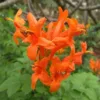
Related products
Designed, Developed & Maintained by Growww.
Copyright © 2024 Ashok Chakra Nursery

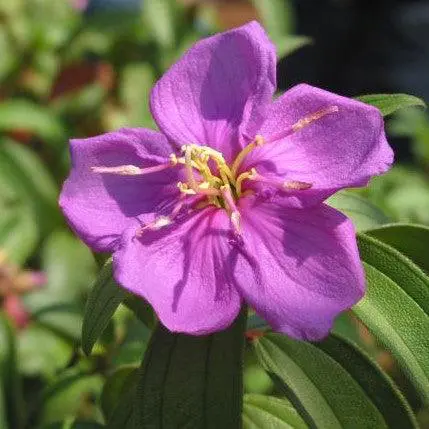
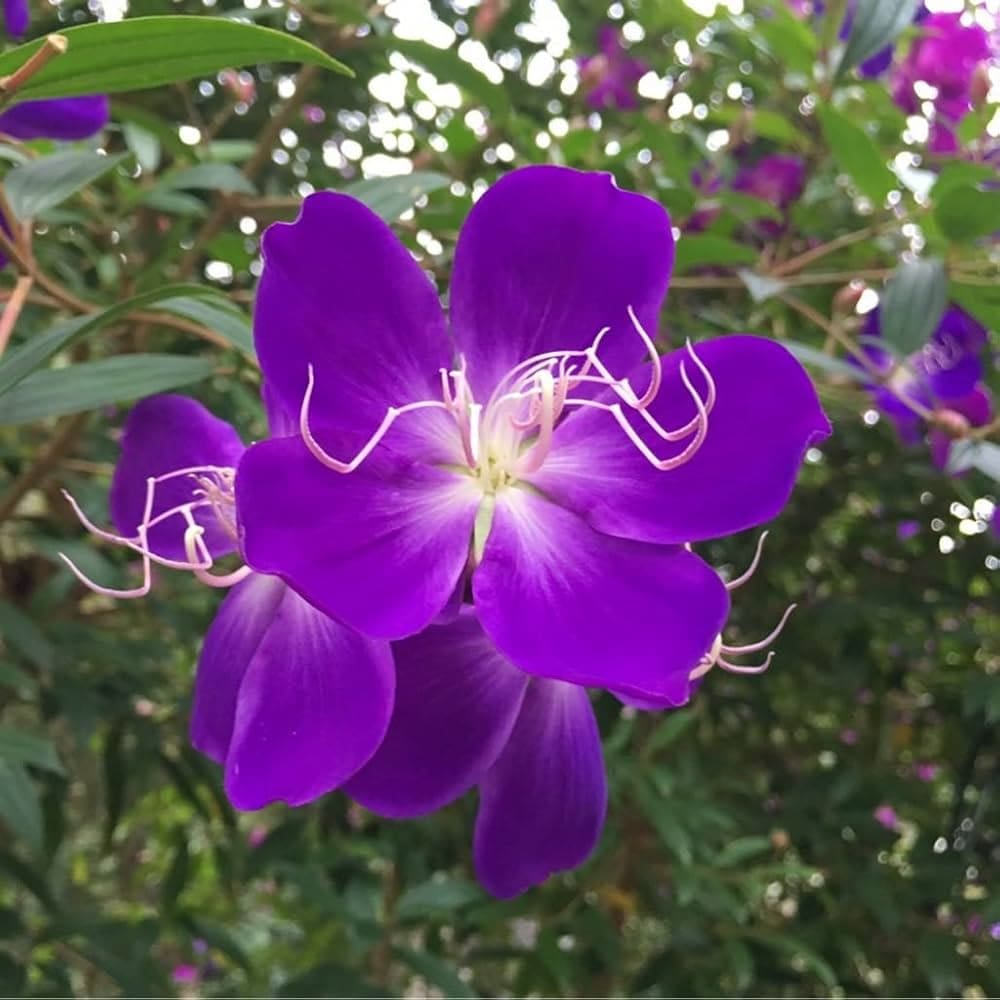
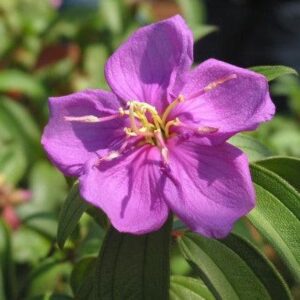
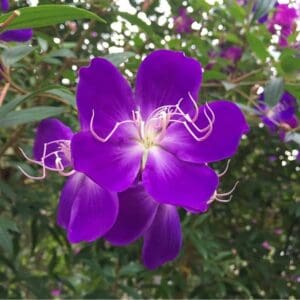
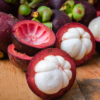

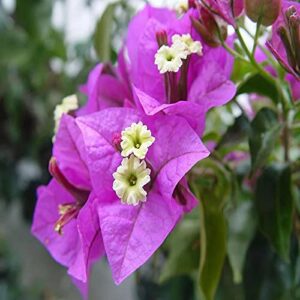
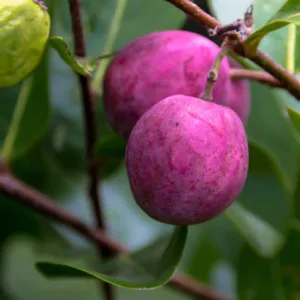
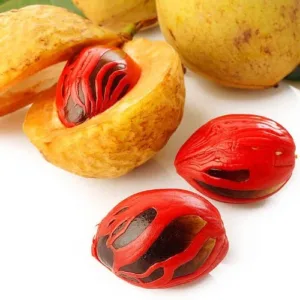
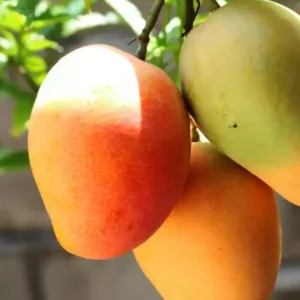

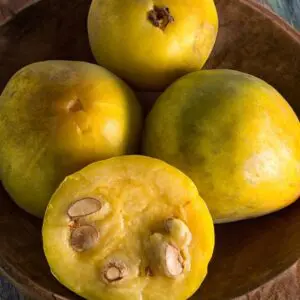
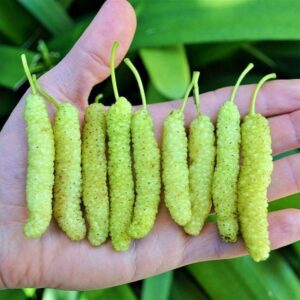
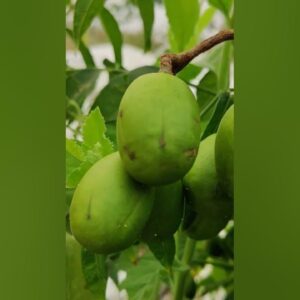
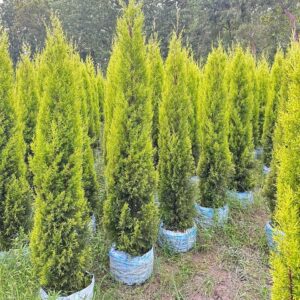
Reviews
There are no reviews yet.